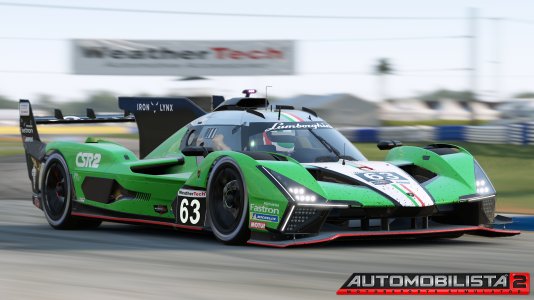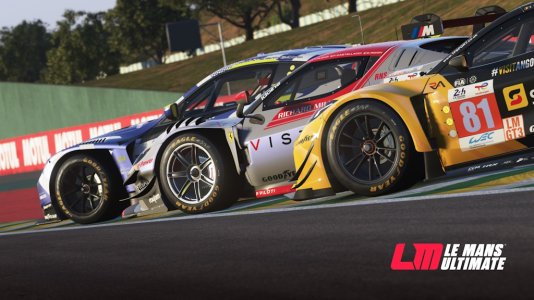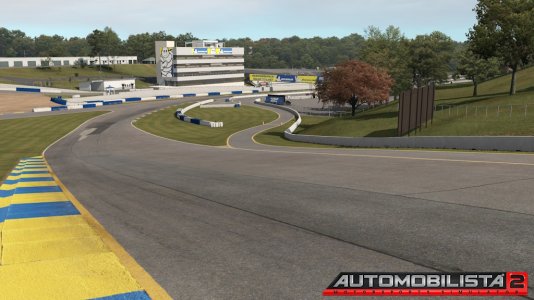Nice! You got some good tiings there. I wasn't sure if you were aware of subtimings and their impact but looks like you know what you're doing.
You can almost certainly raise tREFI to max (65xxx or whatever) but at already 40000, I doubt you'll get any meaningful performance benefits.
B-die is safe daily at 1.60v, probably even 1.62-1.65 but 1.60 almost certainly based on many people running those voltages, daily, for years. I wouldn't worry about raising DRAM voltage to 1.6 or, at least 1.57-ish unless temps become a concern. There are some b-die kits that run 1.55v @ stock XMP such as the 2x 16GB 4000 MHz 14-15-15 kit.
In order to achieve my speeds/timings - 4200 MHz, 16-16-16-32, full timing tuned - I have to run DRAM 1.56v, VCCSA 1.37v, VDDQ 1.40v. Most people say VCCSA is daily-safe up to 1.4v with VDDQ higher at 1.45v-1.50v.
My previous DR B-die kit, the 3600 MHz 16-16-16-36 1.35v kit, could do the exact same speeds & timings as my current kit, the only difference being it needed 1.6v to do so (current kit needs 1.56v). I ran that for a year @ 1.60v, never an issue.
If you like tinkering (for not much performance gain, lol), you should up DRAM voltage to 1.6v and see if you can run 4533 MHz or 4500 MHz @ fully stock XMP timings. Prob need to raise VCCSA & VDDQ - maybe bring them up to 1.4v and 1.4-1.45v respectively. Then, if it works, you can try lowering timings along with primaries. You may even be able to do something like 4500 MHz 16-17-17. If you can't increase frequency, then try lowering primaries to 16-16-16-33 (or 16-16-16-36) or 16-17-17-xx.
Your speeds and timings are good so you'll probably barely get any performance gains, just more for fun tinkering.
What sorts of bandwidth & latency are you getting according to Aida64 and IntelMLC?










